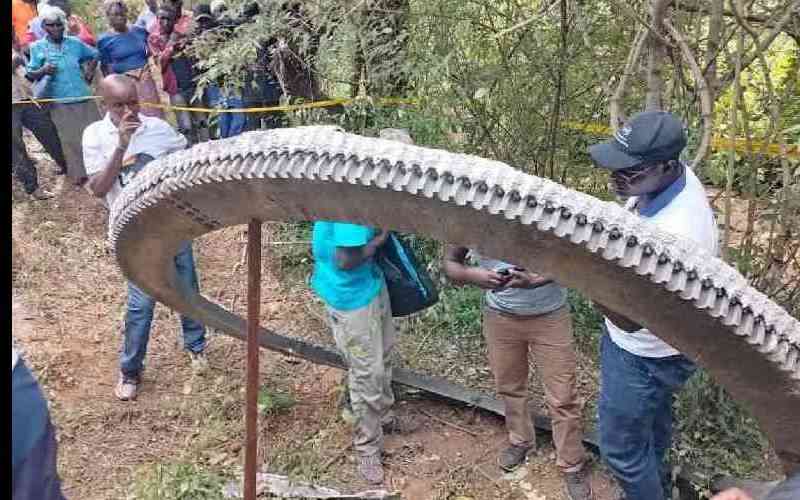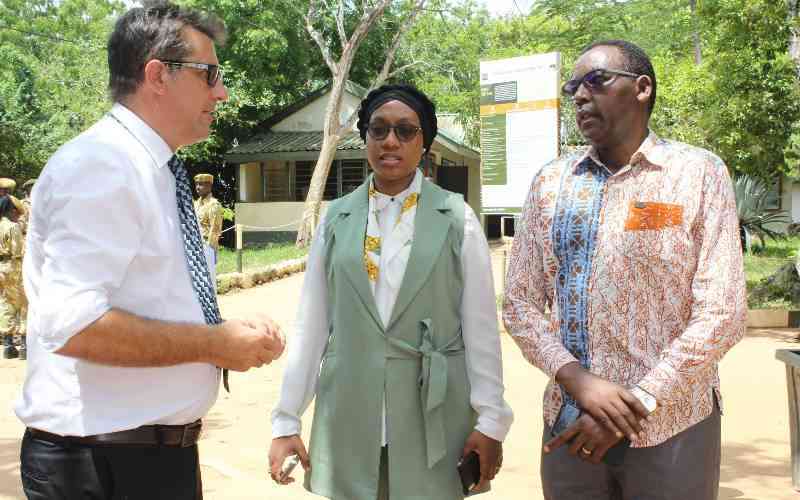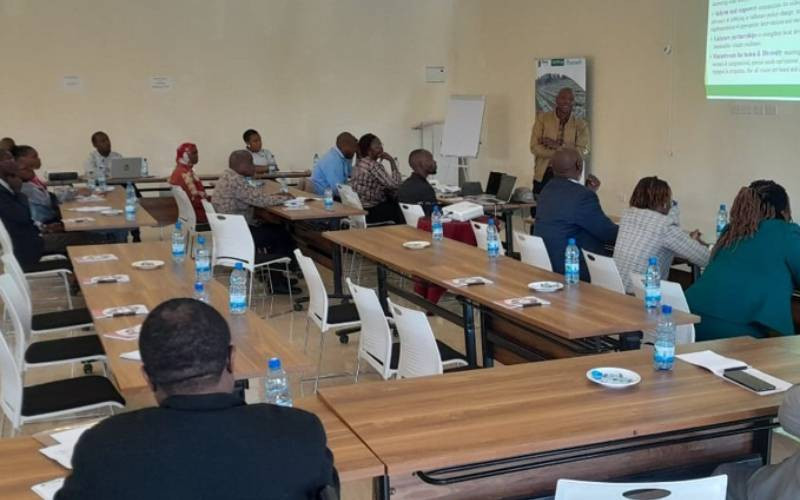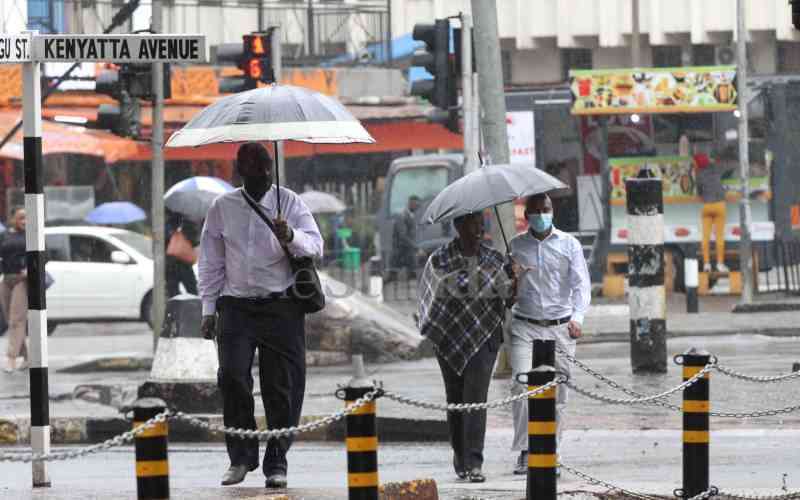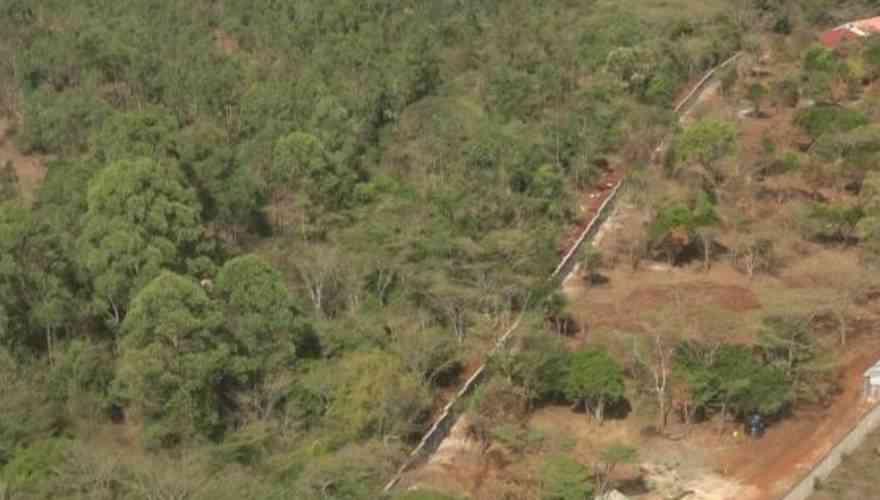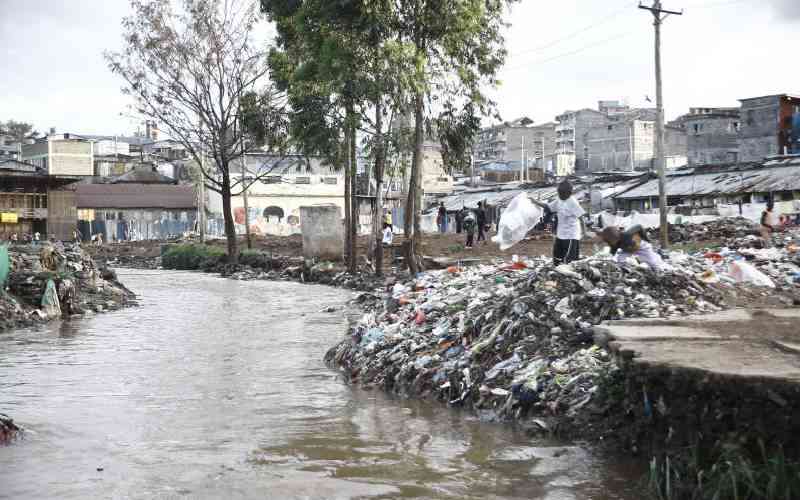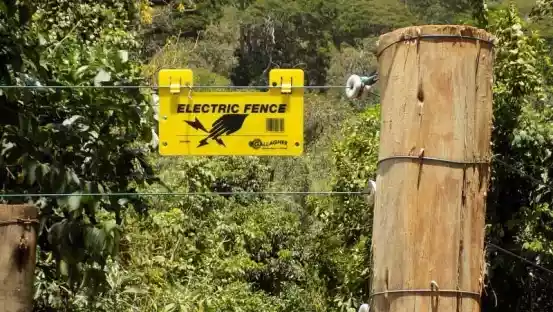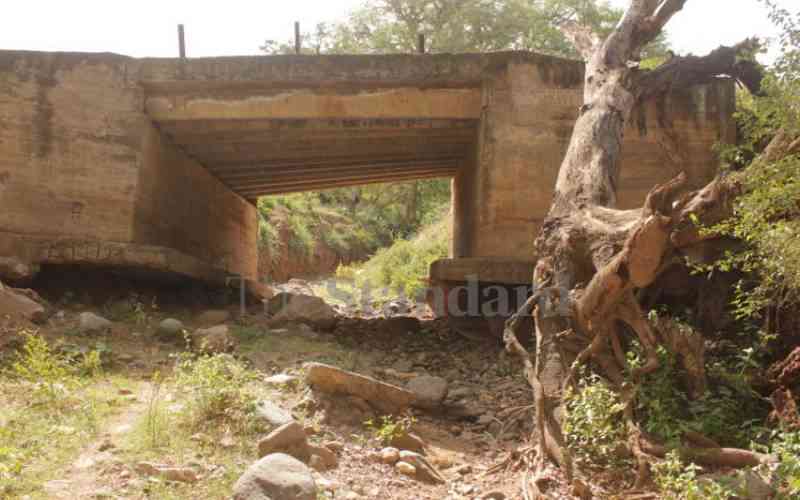
Kenya is staring at an imminent environmental crisis if the slow death of several water bodies is not reversed.
Experts attribute the drying up of wetlands to environmental degradation and climate change.
The drying up of rivers and lakes is a cause for alarm, they say, as it amounts to huge economic losses and also endangers the species that are dependent on the wetlands.
Take the case of Lake Kamnarok in Baringo County; what used to be a large and deep water body is now bare earth. When you look at it, it creates the illusion of a fiery ball of earth right inside what used to be the floor of an ox-bow lake.
Today, herders graze their cattle on the lake's bed without fear of being attacked by crocodiles lurking in the waters as was the case a few years go.
"It is now a grazing field. It is sad that the lake is dry. The rivers that used to feed the lake are also dry," said James Kibet, an administrative assistant at Lake Kamnarok National Reserve.
Lake Kamnarok lies within Lake Kamnarok National Reserve. It is a key ecosystem which together with Rimoi National Reserve in neighbouring Elgeyo Marakwet County form a key migratory route for elephants traversing the northern corridor.
"We hope the trend will be reversed someday. This lake is among the few ox-bow lakes. It once supported one of the biggest populations of crocodiles in the region. It is sad that people and animals who were once dependent on this lake are witnessing this," he said.
- Misdiagnosis, climate change to blame for pathogens' resistance to drugs
- Day out with the trash trackers of Mukuru slums
- Scorching truth: How climate change aggravates brain diseases
- Africa pushes for climate justice at COP 29, seeks $1.3tr financing promise
Keep Reading
Just like Lake Kanmarok in Baringo, Lake Ol Bolossat in Nyandarua County, which is a critical breeding ground for grey-crowned cranes, is also drying up. The state of the lake, which majorly depends on runoff water, is dire at the moment following seasons of failed rains.
"A lot has contributed to the current situation at Lake Ol'Bollosat. Lack of rain has really affected the volumes of the lake recently and there is currently a large influx of livestock seeking refuge within the lake," Wanyoike Wamiti, a researcher at the National Museums of Kenya, said.
Got worse
The situation, researchers say, has got worse since it was re-gazetted as a natural reserve for protection in 2020.
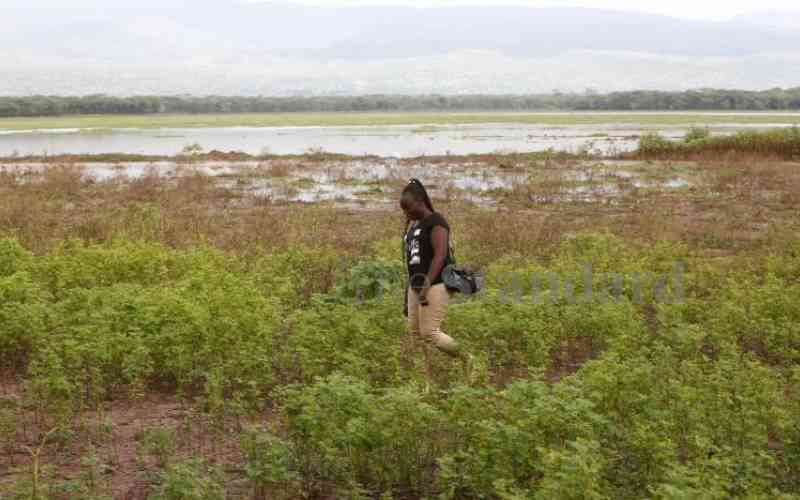
With people farming on the Satima escarpment, a critical catchment for Lake Ol Bollosat, the situation might become worse if nothing is done.
The drying up of Lake Ol Bolossat has affected the breeding of grey crowned cranes. And it is not just cranes that have been affected but the general population of birds in the region.
Birds breed in the reeds on the shores of the lake, but their breeding grounds have been interfered with since drought has pushed farmers and pastoralists to flock to the lake shores in search of pasture. People also cut the reeds.
Researchers monitoring the species at Lake Ol' Bolossat reveal that breeding has been going down as the water levels shrink. The birds often breed every year from June through to April the following year.
While the situation at Lake Ol Bolossat continues to deteriorate, experts say it will take multi-sectorial effort and willingness by state agencies to save the lake and other drying up water bodies
Paul Matiku, a director with Nature Kenya, said while mountains and hills act as catchment areas that store water and release it during the rainy season, deforestation has resulted in decreasing water volumes in rivers in the region.
"Our rivers originate from the mountains and hills. When mountains and hills are covered with trees, the leaves collect the rain water which finally seeps into the rocks. During dry seasons, water seeps through these rocks, keeping the rivers flowing," Matiku said.
When hills and mountains are cleared, rainwater often flows directly into rivers resulting in floods. During the dry season, however, many rivers cease to flow because the water cannot seep through.
Besides the environmental degradation in water catchments areas, the impacts of climate change has seen many regions fail to receive enough rainfall.
"Climate change exacerbates the situation thus affecting the economy of the country. When rivers dry, production of electricity from hydro-dams is halted because of lack of water," said Matiku.
When rivers run dry, it affects crop production and eventually leads to hunger in certain regions.
"Furthermore, it brings about human-wildlife conflict over scarce resources. When wildlife lack water, they stray into farms," Matiku said.
Low volumes of water in rivers has also had an impact on coastal communities where the issue of salty water finding its way into farms has intensified.
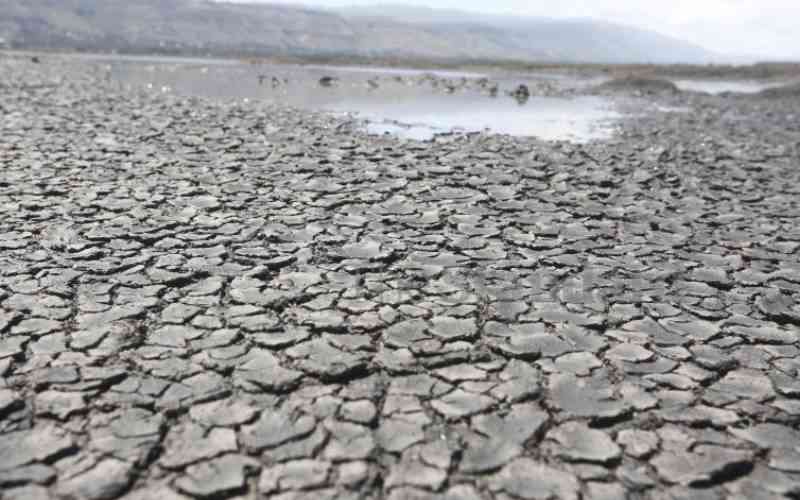
"In Tana Delta for example, salty water from the ocean has pushed 15 kilometres inland because the low water levels in River Tana cannot push back the ocean water. This has massively affected farming," he added.
According to Jeremiah Lumbasi, a consultant hydrologist based in Trans Nzoia County, encroachment on wetlands is to blame for the drying up of rivers.
"We are facing a bleak future in terms of fresh water. Many people have encroached on riparian land where our rivers get their recharge. As a result, those springs that form along those rivers are drying up," observed Lumbasi.
The expert noted that climate change has contributed to the drought.
"The prolonged drought occasioned by high temperatures and low rainfall has left many rivers severely depleted," he explained.
According to Lumbasi, rainfall has reduced over the years affecting water levels while the country does not have ways of harvesting and storing rainwater that is left to flow freely.
Philip Oloo, a geohydrologist and chief manager, agriculture and natural resources at Lake Basin Development Authority, blamed the situation on failure to put in place mechanisms to fight climate change.
He said reduced tree cover has led to high temperatures since water cannot be held in the soil for long.
"The degradation has led to soil erosion causing drying of rivers. Our water towers of Cherang'ani, Mau, Mt Kenya, Aberdare have been ignored leading to massive felling of trees," stated Oloo.
He urged Kenyans to embrace use of green energy like solar and wind power to reduce carbon emmission.
He said the government should encourage planting of fruit trees for conservation of environment as well as for food.
A Nairobi-based hydrologist Boaz Cheluget said land grabbers stand in the way of tree planting.
"Elected leaders should be in the forefront of advocating the protection of water resources. Many people have converted public wetlands into cultivation fields," noted Dr Cheluget.
According to Cheluget water conservation should be taken seriously when there is plenty.
Experts agree that planting trees is the ultimate solution to the drying up rivers.
 The Standard Group Plc is a multi-media organization with investments in media platforms spanning newspaper print
operations, television, radio broadcasting, digital and online services. The Standard Group is recognized as a
leading multi-media house in Kenya with a key influence in matters of national and international interest.
The Standard Group Plc is a multi-media organization with investments in media platforms spanning newspaper print
operations, television, radio broadcasting, digital and online services. The Standard Group is recognized as a
leading multi-media house in Kenya with a key influence in matters of national and international interest.

